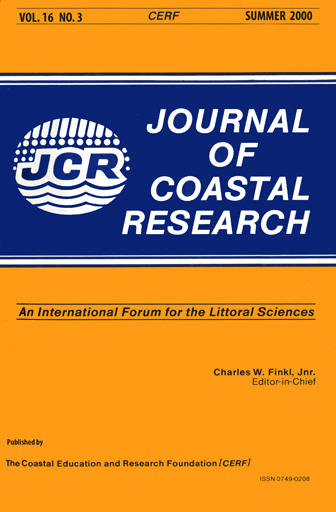Geomorphological Observations in the Coastal Zone of Kyllini Peninsula, NW Peloponnesus-Greece, and their Relation to the Seismotectonic Regime of the Area
Abstract
The Kyllini Peninsula comprises an isolated hilly region and occupies the western part of the alluvial plain of Peneios River. It owes its morphology to a Triassic salt dome intrusion active since Miocene times. During the Quaternary it was covered by the sea, became an island and was finally joined to Peloponnesus with the alluvial deposits of Peneios River. In this study an attempt is made to correlate the coastal landforms with the seismotectonic regime of the broader area of Kyllini Peninsula. Raised Tyrrhenian shorelines occur at elevations ranging from sea-level up to 60 m. Holocene uplifted shorelines, wave cut benches, abrasion platforms and notches have been observed, at heights between 0.3 to 3 m. Furthermore, the coastal zone is characterized by beachrock and a series of dunes of two different generations as well as raised aeolianite. Geophysical investigations of the deep geological structure of the region have also revealed the offshore presence of salt diapirism as well as large faults in the area of Zakynthos Straits. The seismicity of the area is known to be high, with the epicenters of many earthquakes located mainly along the Zakynthos Straits. Examples of such activity are the five shallow earthquakes with magnitudes greater than 5.5 on the Richter scale, that have been recorded in this century. Based on the study of the coastal landforms, radiocarbon dating and the seismotectonic regime of the area, it is concluded that the uplift is primarily the result of neotectonism and secondarily, diapirism.


